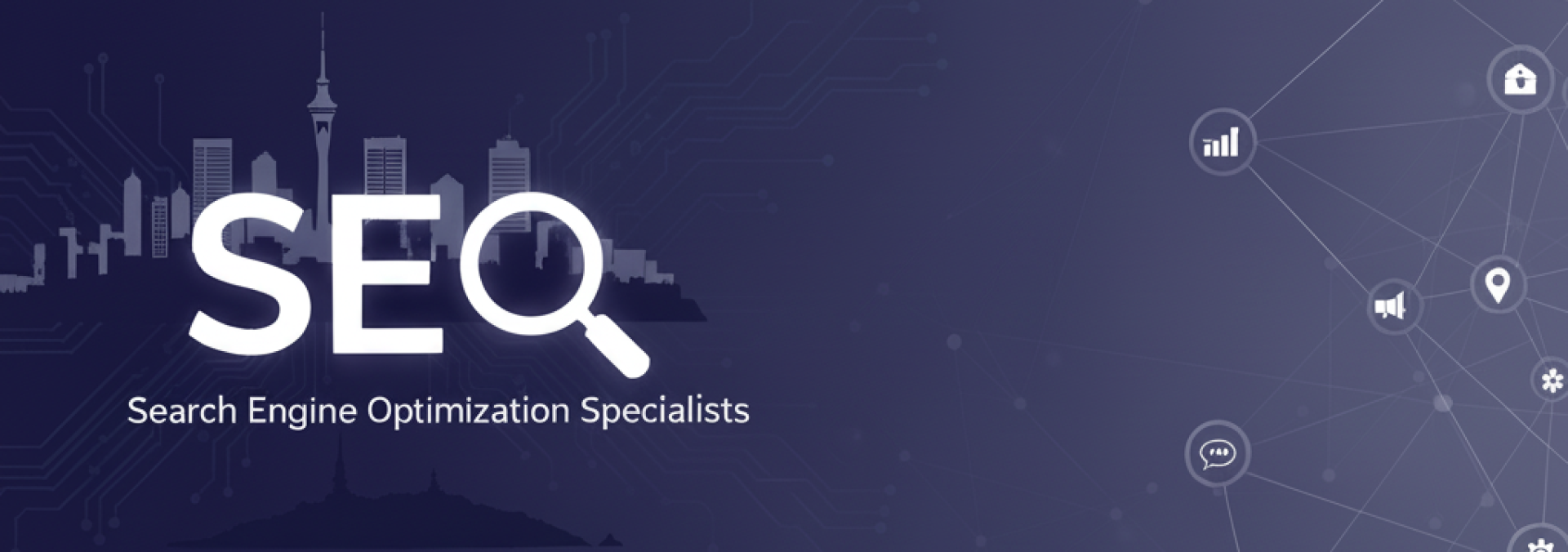
Beyond Templates: How Webflow’s Headless CMS is Revolutionizing Enterprise Content Strategy in 2024
Why are major brands like Dell, Rakuten, and Upwork migrating from traditional CMS platforms to Webflow’s headless architecture? The answer lies in a fundamental shift: content is no longer confined to websites alone.
The Headless CMS Revolution: What Enterprises Are Getting Wrong
Traditional CMS platforms have created content silos that struggle to keep pace with omnichannel customer journeys. Webflow’s headless approach separates content creation from presentation, allowing enterprises to publish once and distribute everywhere.
Visual Development Meets API-First Architecture
Webflow’s unique advantage lies in merging no-code visual design with headless content delivery. Content teams maintain familiar editing interfaces while developers gain unlimited frontend flexibility.
- Content-as-a-Service: Deliver structured content to websites, mobile apps, IoT devices, and digital kiosks from a single source
- Design Consistency: Maintain brand integrity across all touchpoints without manual redesigns
- Future-Proof Publishing: Prepare content for platforms that don’t yet exist
Three Strategic Advantages Driving Enterprise Adoption
1. Omnichannel Content Velocity
Marketing teams can update content once and see changes reflected across all digital properties simultaneously. This eliminates the 48-72 hour delay typical of traditional CMS updates.
2. Developer-Marketer Collaboration
Webflow bridges the gap between technical and creative teams. Marketers gain design control within established parameters, while developers focus on complex functionality and integrations.
3. Scalable Content Operations
Global enterprises manage regional content variations, multilingual publishing, and team permissions through Webflow’s granular access controls and content staging environments.
Implementation Strategy: Avoiding Common Pitfalls
Transitioning to headless requires more than platform selection. Success depends on restructuring content creation workflows and team responsibilities.
- Content Modeling First: Structure content for reuse before migration
- Progressive Migration: Move high-value content sections first to demonstrate ROI
- Cross-Functional Teams: Combine content, design, and development expertise from day one
The Future of Enterprise Content: What’s Next for Webflow
As AI content generation accelerates, Webflow’s structured content approach becomes increasingly valuable. The platform is positioned to become the central hub for content creation, management, and distribution across the entire digital ecosystem.
Ready to transform your content strategy? Start with a content audit to identify which sections of your website would benefit most from headless architecture. The competitive advantage goes to organizations that can deliver consistent experiences faster.
